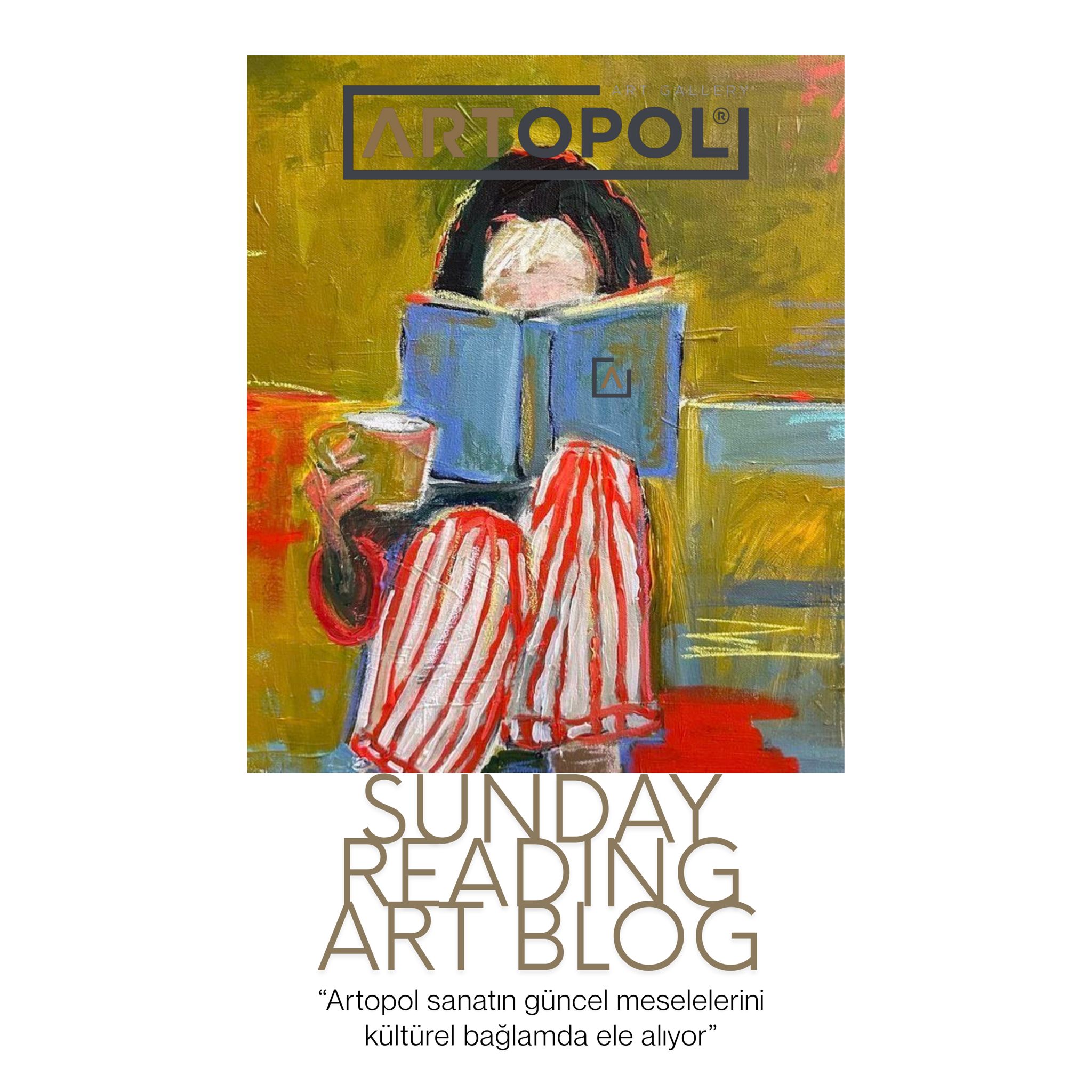Colors are among the oldest creative tools in human history. Pigments, invented around 40,000 years ago, have since become an inseparable part of art, culture, and psychology. In Ancient Egypt, artists used a six-color palette consisting of white, black, blue, red, yellow, and green. During the Middle Ages, blue held great value due to its rarity and costliness. Today, color psychology is a research field in its own right.
Just like line, space, form, and texture, color is one of the fundamental visual elements of an artwork. That’s why artists and thinkers have pondered the meaning and value of color for centuries. So, how did color theory emerge, and how has it evolved over time?
The Birth of Color Theory
For many years, it was believed that all the colors we see could be derived from three primary colors – red, blue, and yellow. This basic assumption laid the foundation for color theory. The concept of the color wheel was first introduced by the renowned scientist Isaac Newton. Newton’s color wheel included the primary colors along with three or four secondary ones.
However, the first psychological theory of color was developed by the German poet Johann Wolfgang von Goethe. According to Goethe, colors are formed from the interaction of light and shadow. In his words, “yellow is light subdued by darkness; blue is darkness weakened by light.” Unlike Newton’s physical approach, Goethe’s theory was based on the eye’s experience of color.
Goethe’s approach profoundly influenced the painters of his time. Until then, there were established rules for all the classical visual elements of painting, yet color remained mysterious. The painter Vassily Kandinsky described Goethe’s work “Theory of Colors” as “one of the most important works in its field.” But before him, it was the Impressionists who truly revolutionized color.
The Color Revolution of the Impressionists
The Impressionists radically changed the use and perception of color. In particular, they rejected the idea of darkening a color to create a shadow. According to them, the best shadow was made using the object’s complementary colors. To test this theory, they painted the same landscape at different times of day.
Claude Monet, Edgar Degas, and other Impressionists expanded the boundaries of art by focusing more on light and color than on composition. Through brighter hues and previously untried combinations, they created a new visual language.
The Color of Emotions: Expressionism
Expressionists deeply believed in the power of art to convey emotions. For this reason, they explored the psychological effects of color on humans. The Blue Rider (Der Blaue Reiter) group, led by Kandinsky, conducted in-depth analyses of color. In his 1911 work “Concerning the Spiritual in Art,” Kandinsky argued that the true mission of art was spiritual.
Kandinsky created a color chart associating ten colors with emotions and sounds. To him, blue and yellow were opposing forces, as were black and white. “Deep blue draws man toward infinity; it awakens in him a desire for purity and a thirst for the supernatural.” His search for abstraction produced works that nourished the soul like melodies.
Yves Klein and Suprematism
In the later evolution of color theory, another artist with an obsession for blue emerged: Yves Klein. He introduced a new shade of blue to art history, which he named “International Yves Klein Blue” (IKB). Under Klein’s influence, the Suprematist movement reduced painting and sculpture to their simplest forms. This approach allowed only the essential physical elements to be presented to the viewer.
For Klein, this simplicity revealed an unseen reality. Thus, the full power of imagination emerged from within the monochrome void. The pioneer of this approach was Kazimir Malevich, with his work “White on White” (1918).
The Infinity of Color
Even today, color remains a mystery for artists. Its value, use, and role in art are still subjects of debate. The human eye can perceive about 10 million different colors. This shows that the questions surrounding color are far from being answered.
Throughout every period of art history, color has been more than just a tool; it has been a means of expression, a language of emotion, and a vehicle for thought. Perhaps that’s why the story of color will never truly end…
Source: Artsper magazine, Art History 2016, Color theory in art, Dominic Witek



